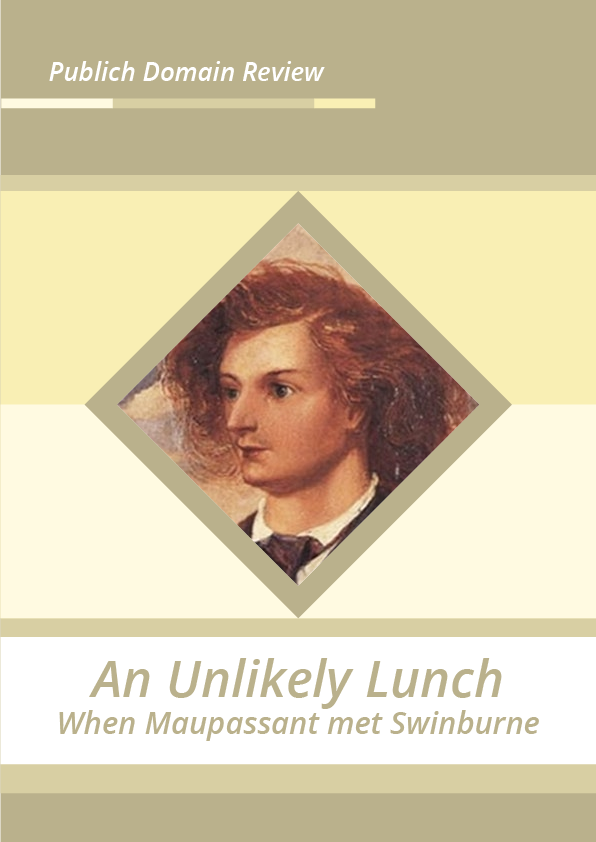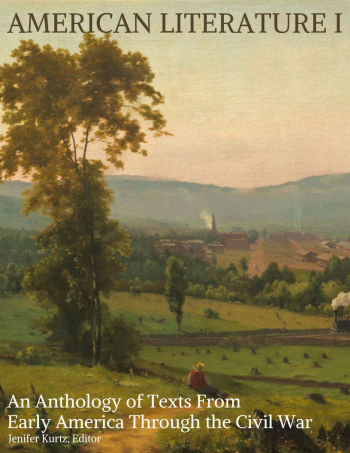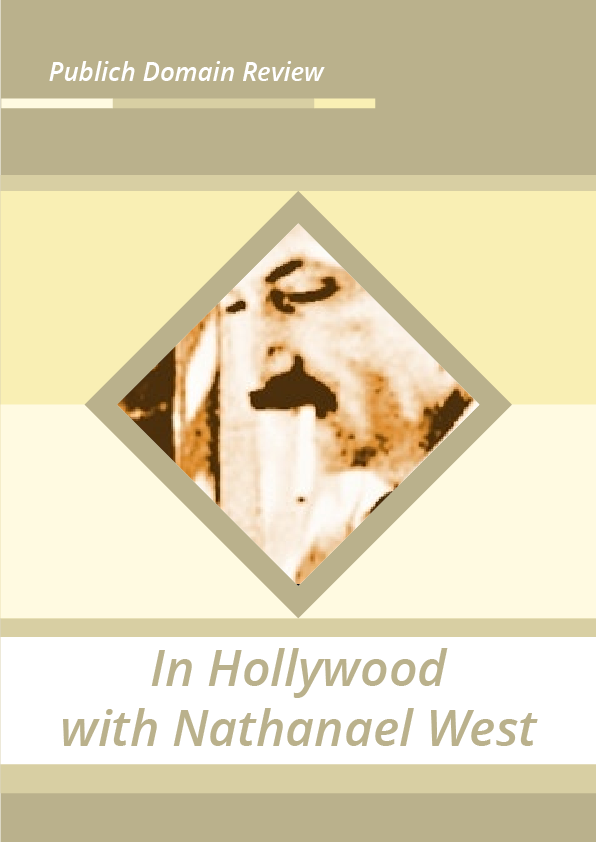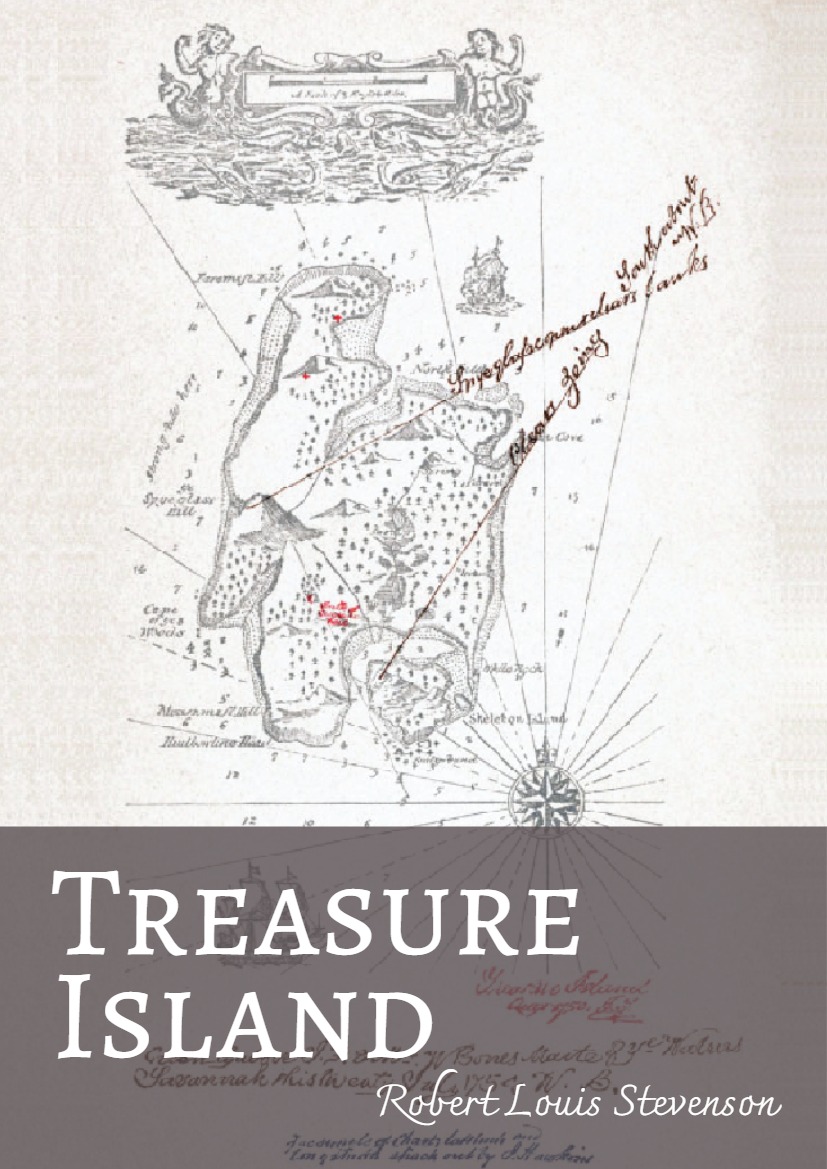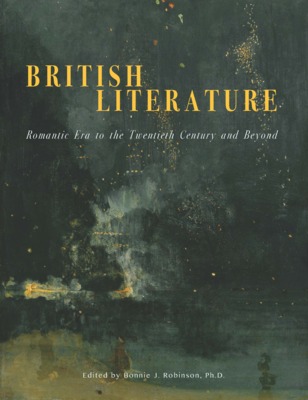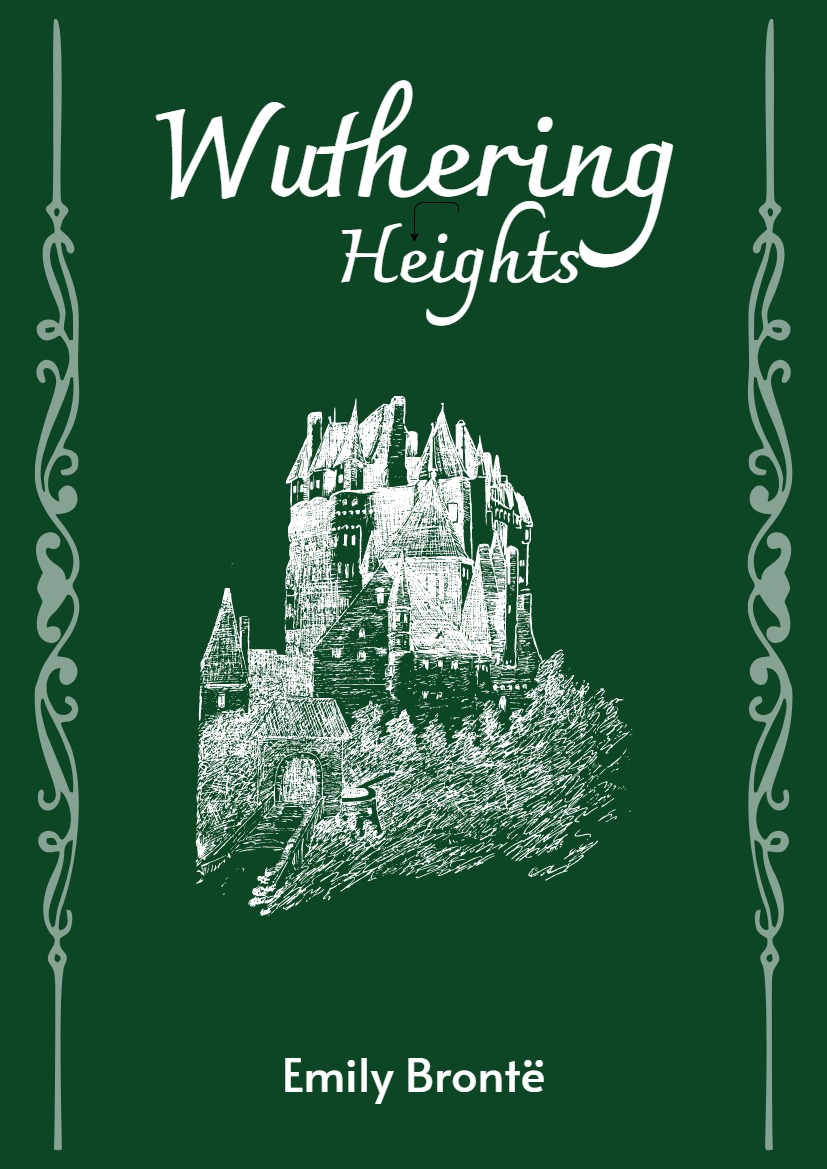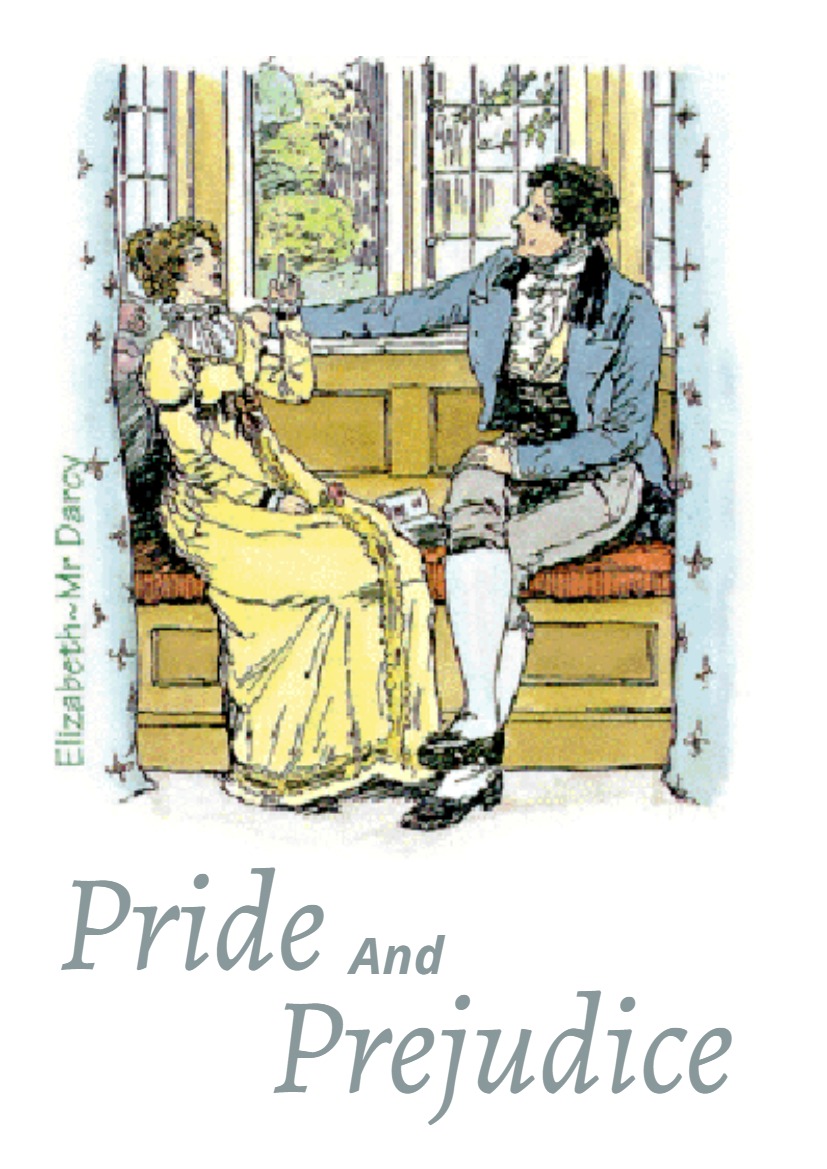Julian Barnes on when a young Guy de Maupassant was invited to lunch at the holiday cottage of Algernon Swinburne. A flayed human hand, pornography, the serving of monkey meat, and inordinate amounts of alcohol, all made for a truly strange Anglo-French encounter.
In the first half of the 19th century, the British began to discover Normandy. Previously, the point of entry into France for most travellers had been Calais, which felt safely half-English, and where even the beggars importuned new arrivals in their own language. Those prepared to make the longer crossing to Dieppe were rewarded with a greater sense of strangeness: typified by the women in red-and-blue regional costume, clacking sabots and high white coifs that made them look like a cross between chefs and nuns. Hazlitt, passing through in 1824, noted that such headdresses were “much the same as those which the Spectator laughed out of countenance a hundred years ago in England”; and he concluded more generally that “In France one lives in the imagination of the past”. For the tourist, this meant antiquities and picturesque ruins within easy reach. The coastline was a further attraction: for those addicted to the new health-kick of sea-bathing, to the gentler pleasures of gambling (the casino at Dieppe opened in 1822), or to painting and sketching. Gradually, the journey from London became quicker – a combination of the London to Brighton railway and the new steam-packets brought the time down to a mere 11 hours by the 1840s. For centuries Dieppe’s main relationship with Britain had consisted of suffering occasional bombardment from the Royal Navy; now there were not just summer tourists, but year-round residents. There was even a quartier des Anglais (on the hill between the Paris road and the chateau), served by an Anglican chaplain and a British consul. And since the French more or less simultaneously decided to make Dieppe a sophisticated destination, the town flourished.
British artists had started coming here as soon as the Napoleonic wars were over. John Sell Cotman delighted in the luminous quality of the Dieppe light (it is an unpatriotic truth that looking north from Dieppe is more visually complex than looking south from Brighton); Turner came several times in the 1820s; Richard Parkes Bonington in the 1830s. We tend to associate the Normandy coastline – Etretat, Pourville, Varengeville, Fécamp – with Monet and the impressionists; but (as with Cézanne and Mont Sainte-Victoire) previous generations of painters had preceded them. Boudin, who later taught Monet the principles, and the necessity, of pleinairisme, painted in Dieppe, as did Corot and Daubigny; while Delacroix came here in 1850 and 1852. His diary contains an unflattering depiction of the English colony, whose invitation he had accepted out of boredom. He went to the salon of a certain Mrs Sheppard, and the next day rebuked himself: “What a fool you are, getting a sore throat from talking to idiots, arguing with petticoated silliness for a whole evening, with everyone going on about God, and ‘the justice of the world’ and ‘good and evil’, and ‘progress’!”
Simona Pakenham, who chronicled Dieppe’s Anglo-French entente in 60 Miles from England (1967), commented tartly that “The English colony was generally indifferent to any form of culture”. But the French needed the arts as the British needed sports. So Liszt played at the Bains Chauds; Meyebeer came; Rossini composed an operetta for the theatre. By the end of the 19th century, the casino summer band was recognised as the best in the country, since it was filled by Parisian orchestral players on holiday. In 1907, one of its violists was promoted to conductor, and surprised everyone by directing all Beethoven’s symphonies from memory: this was Pierre Monteux, who six years later conducted the premiere of The Rite of Spring.
